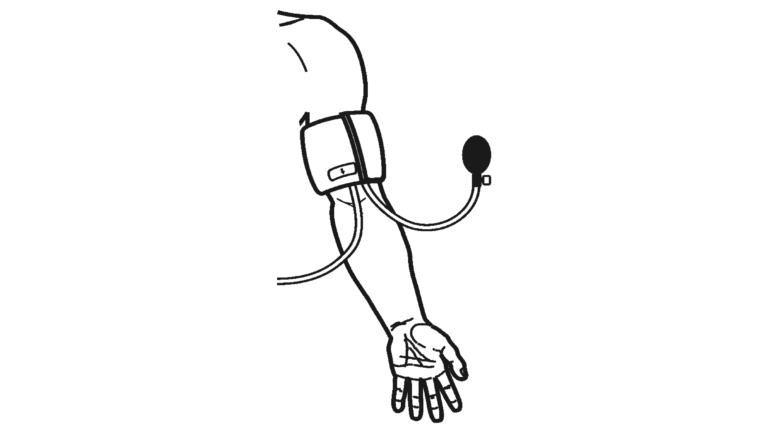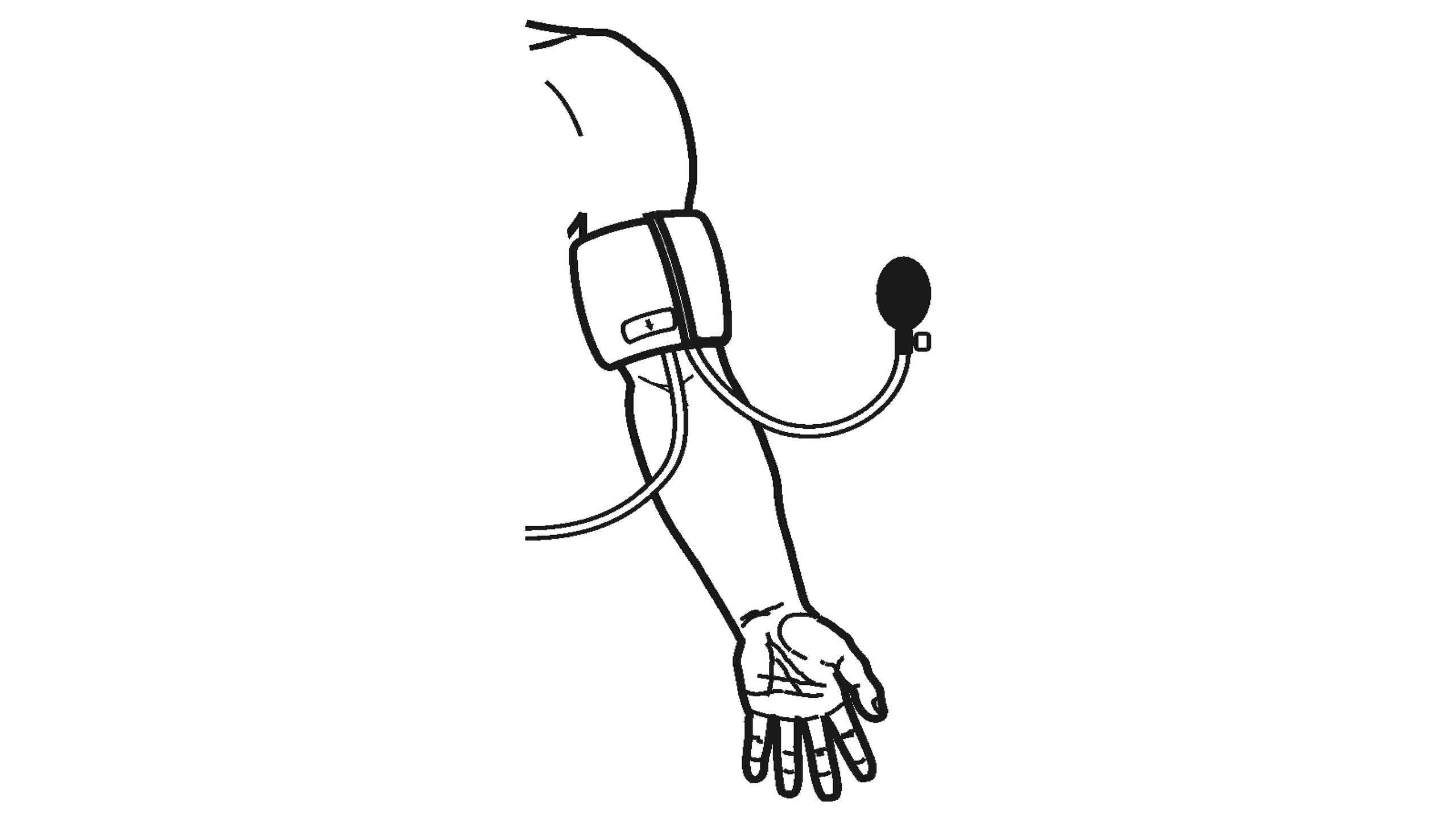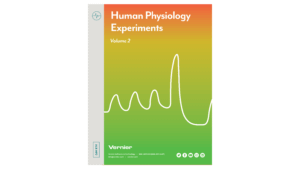
Introduction
Blood pressure is determined by the output of the heart and the resistance to flow in the vascular system. These, in turn, are affected by factors such as the levels of certain hormones (renin, angiotensin II, aldosterone, cortisol, epinephrine, and norepinephrine), physical activity, emotional or physical stress, salt intake, and smoking. Blood pressure typically follows a circadian pattern, dropping at night and rising through the day with small peaks and valleys occurring every one to two hours throughout the day. For this reason, health care providers measure blood pressure at random times on multiple occasions before diagnosing hypertension, or elevated blood pressure.
Nearly one in three adults in the United States has high blood pressure, and of those who have high blood pressure one-third do not know that they have it. Uncontrolled hypertension increases the risk of stroke, mental impairment, heart disease, and kidney disease. The following table shows the guidelines set forth by the Joint National Committee on Prevention, Detection, Evaluation, and Treatment of High Blood Pressure in 2003.
| Blood pressure | Category |
|---|---|
| 140/90 or higher | High |
| 120–139/80–89 | Pre-hypertension |
| 119/79 or below | Normal |
When hypertension is diagnosed, a clinician may prescribe lifestyle changes (e.g., diet, exercise, stress reduction). If these are ineffective, medication is recommended. Different categories of medication act on the heart, peripheral vascular system, central or peripheral nervous system, or hormonal system to lower the blood pressure.
In this experiment, you will take multiple blood pressure readings over the course of two or more days and analyze the variability in these readings. Important: The equipment used in this experiment is for educational purposes only and should not be used to diagnose medical conditions.
Objectives
- Obtain graphical representation of blood pressure measured at different times of the day.
- Analyze the variability of blood pressure readings individually and as a class.
- Correlate your findings with variables that may have influenced your blood pressure.
Sensors and Equipment
This experiment features the following sensors and equipment. Additional equipment may be required.
Ready to Experiment?
Ask an Expert
Get answers to your questions about how to teach this experiment with our support team.
- Call toll-free: 888-837-6437
- Chat with Us
- Email support@vernier.com
Purchase the Lab Book
This experiment is #3 of Human Physiology Experiments: Volume 2. The experiment in the book includes student instructions as well as instructor information for set up, helpful hints, and sample graphs and data.



